How to Grow a Salsa Garden
Do you love salsa? Do you wish there was a way to learn how to grow a salsa garden so all the ingredients you needed are right in your own backyard? There is! I am going to help you plan and grow all the ingredients you need for summer garden salsa.
When learning Gardening 101, you want to grow the food you know you will enjoy. This list will help you start out right.
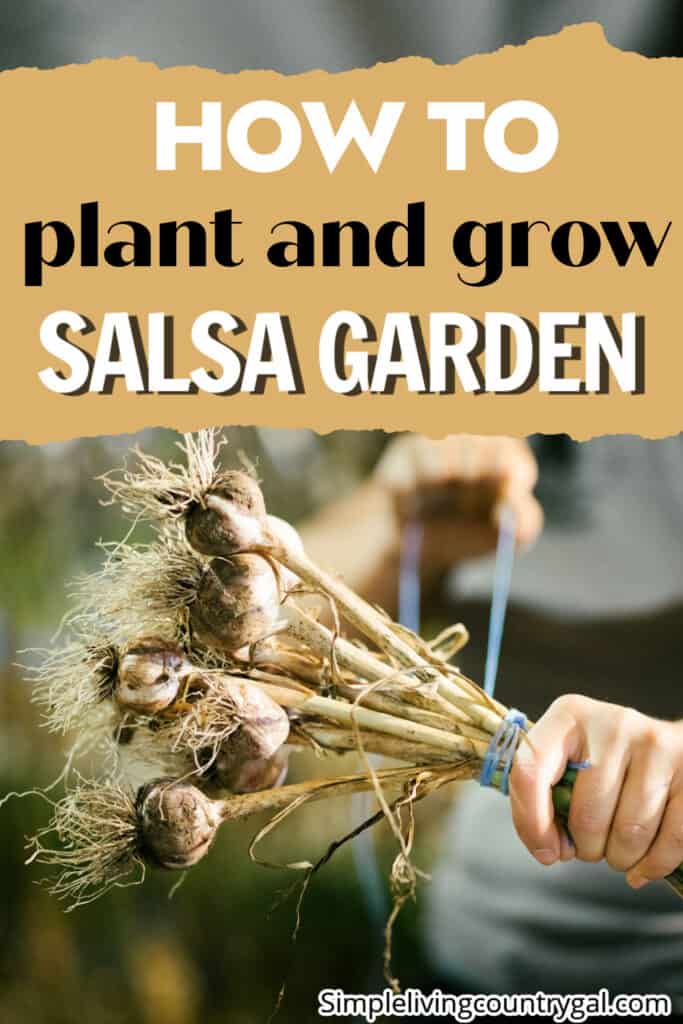
Growing a salsa garden is a great way to enjoy fresh salsa all summer long. Best of all, it’s easy to do and doesn’t take a lot of room.
With a 4’ x 4’ raised bed, you can plant everything you need for making your favorite salsa recipe over and over again. This layout is called square foot gardening and it’s an easier way to grow more food in less space.
What is needed for a salsa garden?
You can plant everything you need for fresh salsa in one raised bed, giving you all the components to make fresh or preserve for later.
· Tomatoes – Roma or Amish Paste tomatoes are a great variety to grow. They have a good blend of bitter/sweet and less juice, giving you a great salsa.

· Peppers – For a sweet salsa, use Bell peppers. If you want more spice, you can use Banana, Hungarian Wax, or Chili peppers. You can purchase a hot pepper seed mix to give you the best selection for your garden.
· Onions – Use white onions as they are slightly sharper than yellow. However, I have used yellow onions in my salsa before and it tasted just fine. Get our best growing tips on how to make onions grow bigger.
· Cilantro – This herb gives salsa the flavor it is known for.
· Garlic – Just about any garlic works just fine in salsa.
From Clove to Stove eBook

What You Need to Grow a Salsa Garden
You’ll need a 4’ x 4’ foot raised bed and some quality soil to nourish your garden. You’ll also need at least 6 hours of direct sunlight daily and regular watering.
Raised Bed Ready to Go Options:
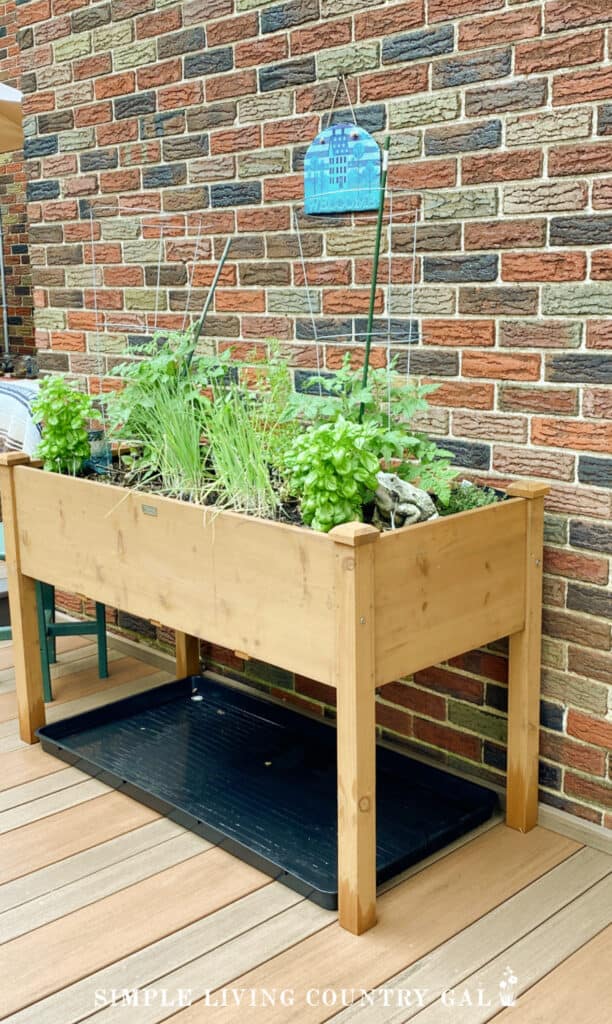
When to Plant
To get growing quickly, peppers, herbs, and tomatoes indoors and replant the seedlings when the time is right for your area.
Onions can be planted in the ground much earlier than other plants, usually as soon as the ground can be worked.
For the rest, you can plant anytime after the last frost until late spring to enjoy your garden throughout the summer months.
If you don’t want to start seedlings, you can purchase plants at your local nursery, usually finding large options.
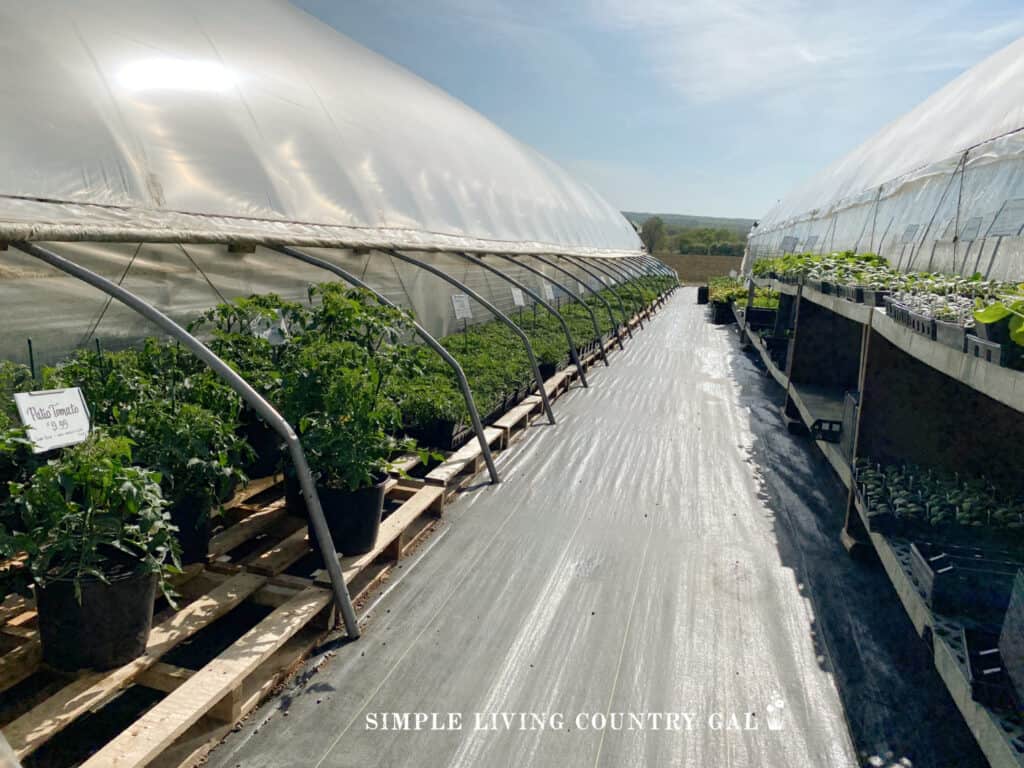
Temperature
Everything in your garden will grow best in warmer temperatures with soil above 50°. Salsa plants grow very well in the hot, humid days of summer but will need plenty of water to keep them hydrated.
Sun
Ensure your garden gets at least 6 hours of sunlight a day. If you grow in containers such as grow bags, you can move plants around, giving them the best environment.
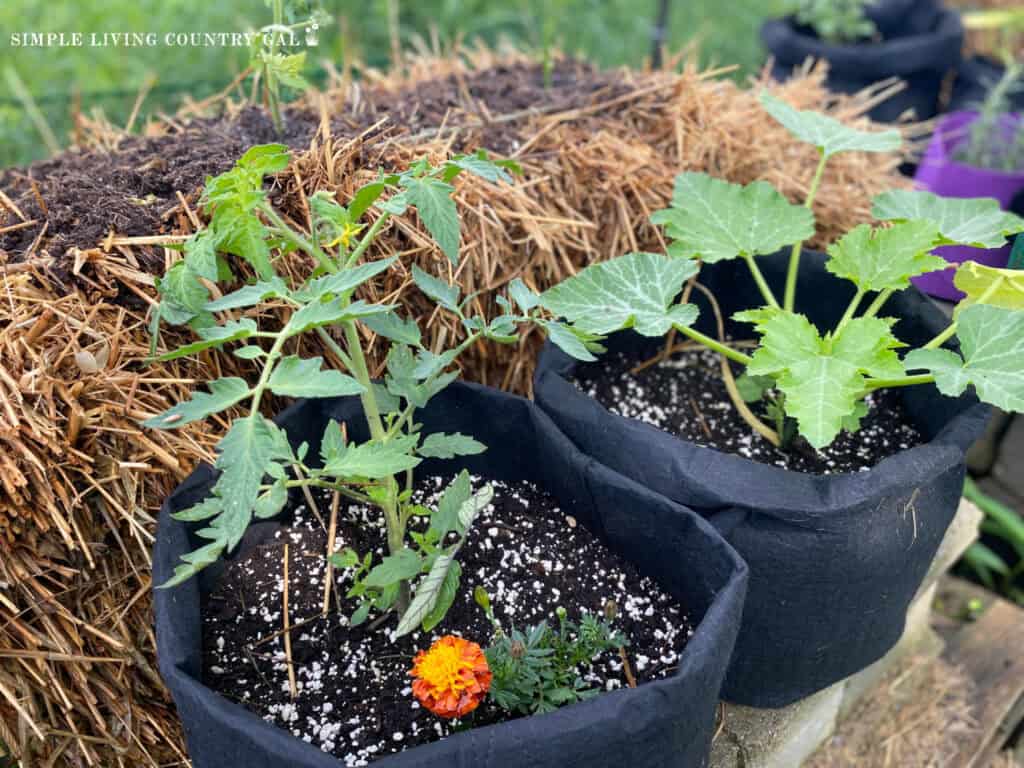
Soil
Fill your raised bed or container with quality soil, or you can improve your soil by adding compost. Do a soil test before amending so you know what you can add to improve the nutrients and quality.
Water
Your salsa garden will need a couple of waterings a week to keep it hydrated, at least 1” per week but sometimes more. Stick your finger into the soil to check that it’s moist. If the soil is completely dry, it’s time to water.
If the days are especially hot and humid, moisture will evaporate quickly, so check your plants daily. Get tips on how to water your garden to ensure you are keeping your plants pest and disease free.
Fertilizing
Feed your plants regularly with a raised bed plant nutrient, often found in granules that can be sprinkled on the soil. Be sure to test your garden soil before adding fertilizer to see what nutrients are missing.
Support
Your tomato plants will need support as they grow tall and get weighed down by the fruit. Use cages for them to give them support without taking sunlight away from the other plants.
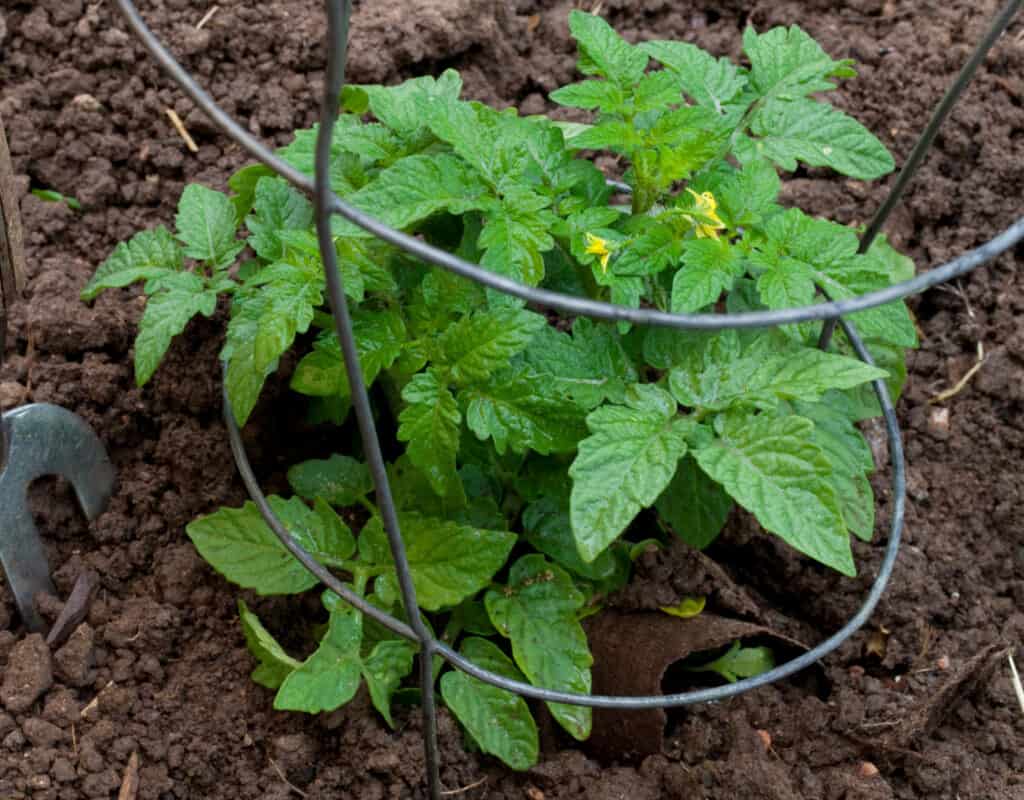
Support Options for Tomatoes:
How to Plant a Salsa Garden
Once your raised garden is placed where it will receive plenty of sun and has been filled with a nutrient rich raised bed soil, you’re ready to plant.
Divide your garden into 1’ square sections, four across and four down, to make it easy to map out the planting area for each item.
Row 1: Plant cilantro with 9 plants per square foot
Row 2: Plant garlic and onions with 6-9 per square foot
Row 3: Plant 4 pepper plants, one per square foot
Row 4: Plant 3 tomato plants dividing the row into thirds for plantings about every 1 ¼ to 1 ½ feet
Planting Tomatoes
Start your seeds indoors or purchase seedlings from a nursery or garden center. Transplant into your garden after the last frost at approximately 16” apart on the north facing side of your garden. This will help them get plenty of sun without shading the other plants.
Place tomato cages over each plant and, as they grow, tie the vines to the cage to help them stay up. Keep the lower branches pruned to increase air circulation in the garden.
READ: How to Grow Tomatoes
Planting Peppers
Whether you like them hot or mild, there are plenty of varieties to choose from. Again, start your seeds indoors or purchase seedlings and transplant them after the last frost.
Space the peppers about 12” apart, or 1 plant in each grid of the row. You can use smaller tomato cages to support these plants if you need them.
READ: How to Grow Peppers
Planting Onions
Onions come in a variety of flavor ranges and sizes; choose one that will grow well in your region. They can be grown from seeds or transplants after the last frost.
Space them about 4” apart in your garden, or about 9 per square foot.
READ: How to Grow Onions
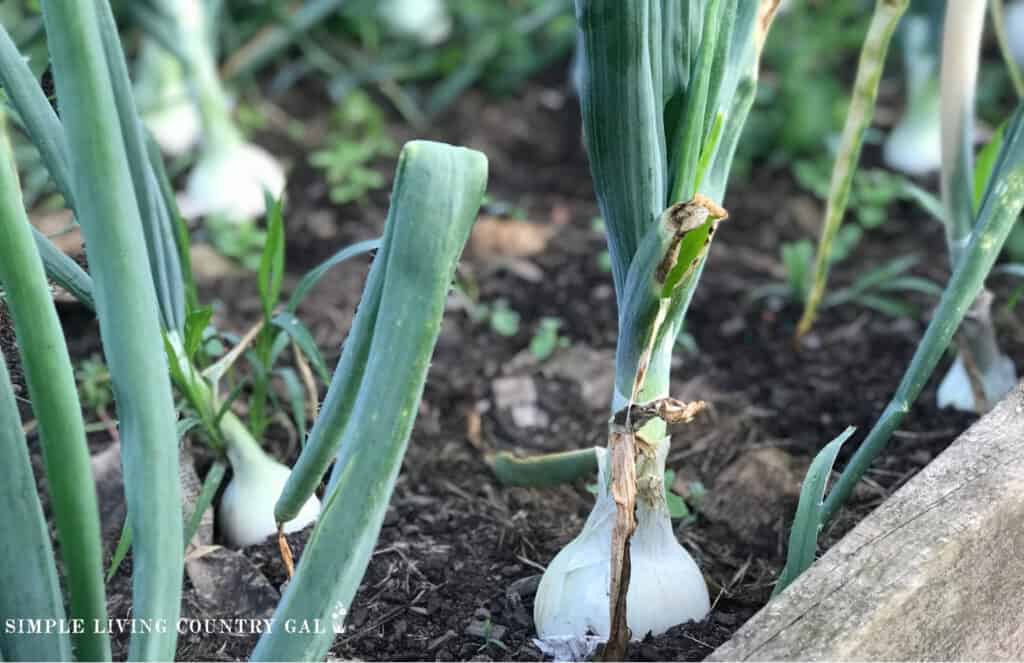
Planting Garlic
Garlic is generally grown in the fall for larger bulbs, but it can still be planted in the spring for smaller bulbs and will taste the same. You should be able to find bulbs at your local nursery or garden center; they can also be ordered online. For spring planting, place them about 9 bulbs per square foot.
Another option is to grow garlic chive, which, when chopped, will add a mild garlic flavor. This can be planted as seeds or as a plant from a garden center.
READ: How to Grow Garlic
Planting Cilantro
Cilantro will grow quickly and you may want to keep seeding about every 3 weeks to keep your supply full. Direct sow cilantro seeds in the garden about 4” apart or 9 per square foot. Cover the seeds with an inch of soil and keep them moist.
In 3 weeks time, sow seeds in the next square, then again in the next square in another 3 weeks. This will make sure you always have fresh cilantro for harvesting.
READ: How to Grow Herbs
Growing Times
Tomatoes – Reach maturity in 65-75 days and are ready to harvest when they can be easily pulled from the stems. They will continue to ripen after picking.
Peppers – Reach maturity in 70-90 days. Hot peppers will be ready to pick when they are a deep color and glossy. Sweet peppers may be picked when green and will continue to ripen into other colors. They can also fully mature on the plant.
Onions – Reach maturity in 90-110 days.
Cilantro – Reaches maturity in 55-70 days. Trim the outer leaves with the plant is about 6” tall but leave 2/3 of the stem closest to the ground for regrowth.
Garlic – Reaches maturity in 130-140 days. Dig them up when the leaves turn 1/3 brown.
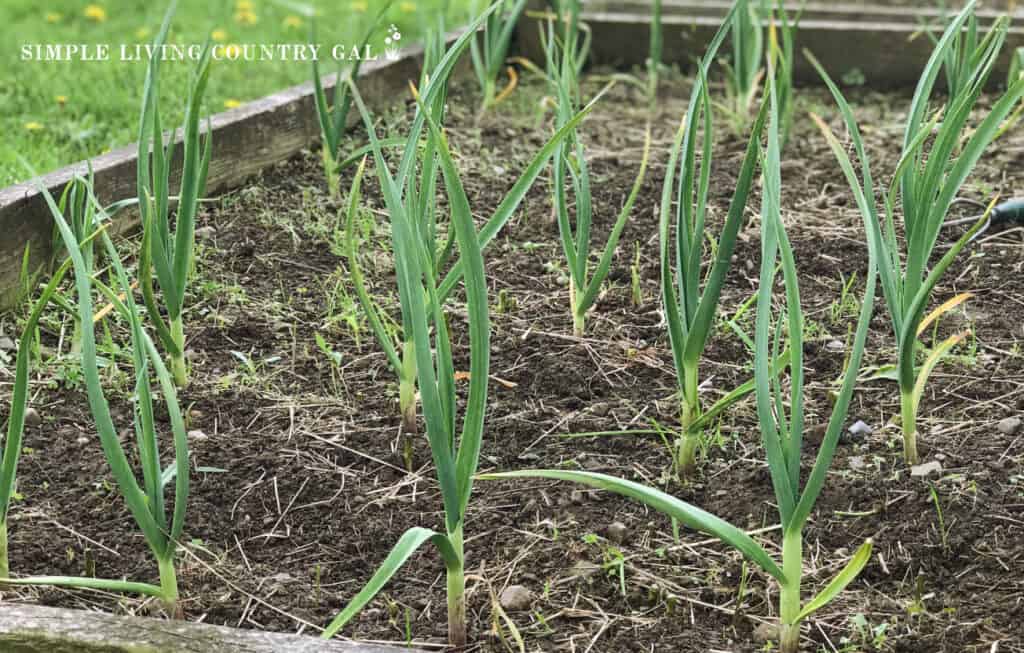
Growing Tips for a Salsa Garden
· With limited space, use a garden layout plan to make sure everything has plenty of space, and you’ll have enough to continually harvest.
· Most everything in your salsa garden will be ready to harvest within 60-90 days, but garlic can take up to 130 days.
· Because garlic takes so much longer to grow, it can be planted 3 months before the rest of your garden so that everything matures around the same time.
· You may want to enrich the soil with compost before and throughout the growing season to provide plenty of nutrients for your plants.
· Raised bed gardens are less likely to have trouble with pests and insects, especially if you’re using purchased soil, but do keep an eye out for any signs of an intruder. Garlic, onions, and cilantro are natural deterrents with their smells so there shouldn’t be many issues.
· Proper watering and sun are the 2 key ingredients to a flourishing salsa garden so make sure to give your garden plenty of water, especially during the hotter months.
How to Harvest a Salsa Garden
You’ll be able to start harvesting some of your garden within a few weeks and the rest of it within 4 to 6 weeks. Allow your produce to mature and ripen in the garden, but don’t let it overripen, as this can create disease and take energy from still growing plants.
Pick what you need when you’re ready to make salsa, as the produce will only remain fresh and ripe for a few days.
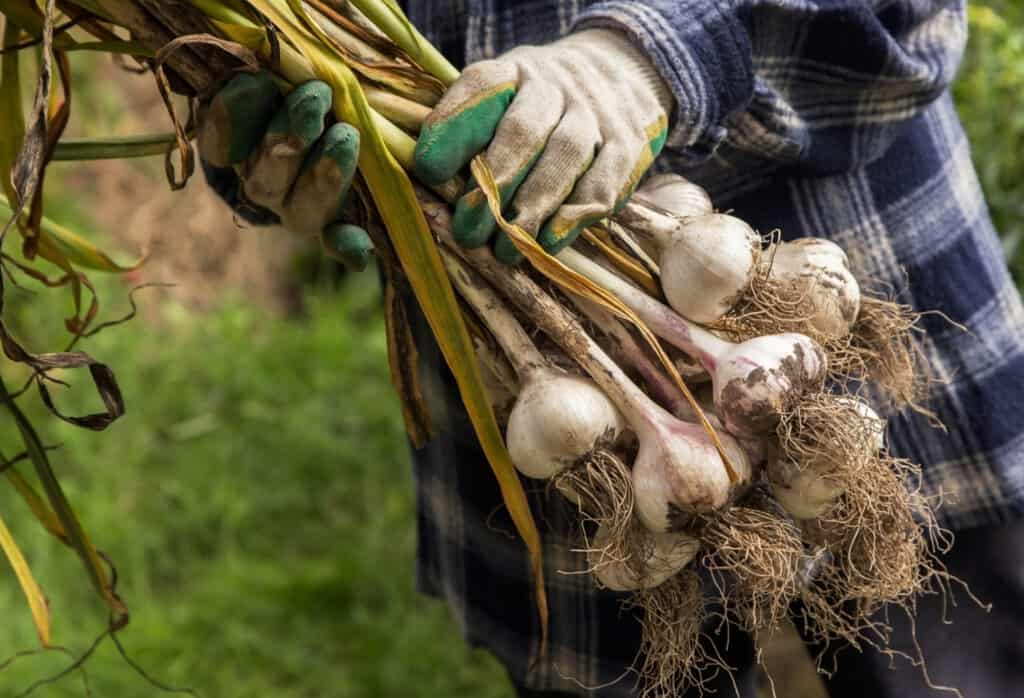
How to Store
All vegetables and herbs should be used within 3 days of harvesting. Tomatoes, garlic, and onions can be kept at room temperature; peppers and cilantro should be refrigerated. Wrap the cilantro in a damp paper towel with the excess moisture wrung out.
There’s nothing like homemade salsa made with ingredients you pick fresh from your own garden. Within a couple of months, you can be serving up the best salsa you’ve ever tasted, and you’ll know the ingredients are truly fresh and pesticide free.
More How to Grow Resources:
How to Grow a Salsa Garden
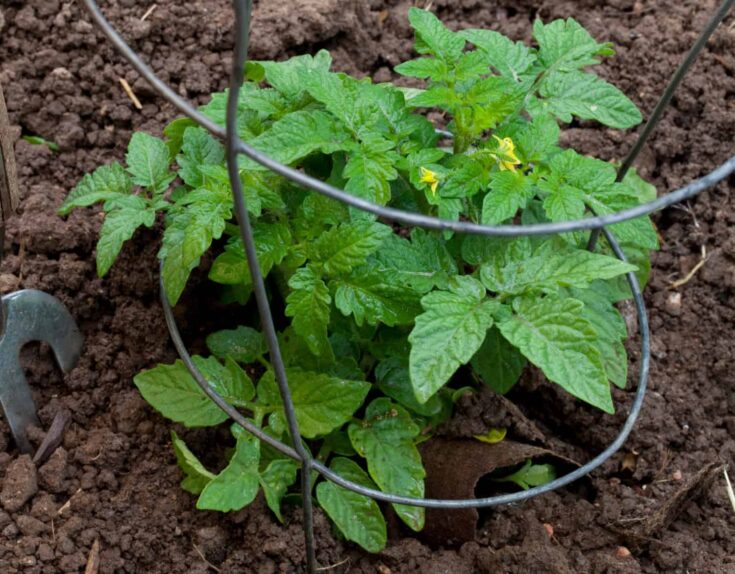
How to grow a flavorful salsa garden in your backyard that will be perfect for making your own salsa. Get planting and care tips so you can grow and make the tastiest salsa of the summer! How to grow a salsa garden step by step from planting to harvest.
Materials
- Seeds
- Water
- Fertilizer
- Tomato Cages
- Soil
Tools
- Rake
- Hoe
- Shovel
- Raised Garden Bed or Grow Bags
Instructions
- Plant Layout Row 1: Divide garden into 1' squares (four across and four down). Plant cilantro with 9 plants per square foot Row 2: Plant garlic and onions with 6-9 per square foot Row 3: Plant 4 pepper plants, one per square foot Row 4: Plant 3 tomato plants dividing the row into thirds for plantings about every 1 ¼ to 1 ½ feet
- Planting Tomatoes: Start seeds indoors or purchase seedlings. Transplant seedlings into your garden after the last frost. Seedlings should be roughly 16" apart, on the north facing side of your garden. Place tomato cages over each tomato seedling.
- Planting Peppers: Start seeds indoors or purchase seedlings. Transplant seedlings into your garden after the last frost. Seedlings should be roughly 12" apart. You can place small tomato cages over each pepper seedling for additional support if needed.
- Planting Onions: Choose a type of onion good for your region and climate. Plant seeds or transplant seedlings after the last frost. Space them about 4" apart.
- Planting Garlic: Can be planted in fall, or spring (will be smaller bulbs). Plant bulbs roughly 9 per square foot.
- Planting Cilantro: Direct sow cilantro seeds in your garden about 4" apart. Cover seeds with 1" of soil. In 3 weeks time, sow seeds in the next square, and then again in the next square after another 3 weeks.
- Harvest: Harvest your produce as it matures and ripens, but do not let it over-ripen. You will be able to start harvesting in a few weeks from planting and the rest of it within 4-6 weeks. Make sure to use all vegetables and herbs that your harvest within 3 days of the harvest.
Notes
- Make sure your garden bed has at least 6 hours of direct sunlight daily.
- Everything grows best in warmer temperatures with the soil above 50°.
- Keep soil moist at all times. Water your garden accordingly.
- Test your garden soil before adding fertilizer to identify any missing nutrients.
- You can also enrich your soil with compost.
- Use tomato cages to give support to plants (tomato or pepper).
- Most of your harvest will be ready in 60-90 days but the garlic can take up to 130 days.
- Harvested tomatoes, garlic, and onions can be kept at room temperature.
- Harvested peppers and cilantro should be refrigerated. Make sure to wrap your harvest cilantro in a wrung out, damp paper towel.
- Raised garden bed is not required but will have much less issues with pests and insects with a raised garden bed.
Recommended Products
As an Amazon Associate and member of other affiliate programs, I earn from qualifying purchases.
-
Bonnie Plants Roma Classic Paste Tomato - 4 Pack Live Plants, Great For Sauces, 3 Inch Long Fruit, Determinate, Non-GMO
-
Bonnie Plants Green Bell Pepper Live Vegetable Plants - 4 Pack, Non-GMO, 2 - 3 Ft Plants, 4.5 x 4 Inch Pepper Size
-
The Old Farmer's Almanac Heirloom Organic Cilantro Seeds (Slow Bolt) - Approx 180 Seeds - Certified Organic, Non-GMO, Open Pollinated, Heirloom, USA Origin
-
8 Onion Seeds Variety Pack Heirloom, Non-GMO, Onion Seed Sets for Planting Indoors, Outdoors Gardening. 1600+ Seeds: Walla Walla, Green Onion, Red Burgundy, White & Yellow Sweet Spanish Onions & More
-
GARLIC BULB (3 Pack), FRESH CALIFORNIA SOFTNECK GARLIC BULB FOR PLANTING AND GROWING YOUR OWN GARLIC, BUY COUNTRY CREEK BRAND ONLY NOT FAKES
-
ECOgardener Raised Bed Planter, 2’x4’. Outdoor Wooden Raised Garden Bed Kit for Vegetables, Fruit, Herbs, Flowers and Plants. Elevated Design.
-
waaliji 3x3x1 FT Raised Garden Bed with Steel Cable, Elevated PP Planter Box Stand for Gardening, Backyard Patio Ground Raised Bed for Planting Vegetables Flower Herb and Succulents, Black
-
Glamos 220500, Blazing Gemz Plant Support, 12 by 33-Inch, Emerald Green (Pack Of 10 Supports)
-
GROWNEER 6 Packs Tomato Cages, Up to 51 Inches Plant Cages Assembled Tomato Garden Cages Stakes Vegetable Support Trellis, with 18Pcs Clips and 328 Feet Twist Tie, for Vertical Climbing Plants
-
NANOPRETTY Garden Stakes 4FT Tomato Stakes for Outdoor Plant Support, 0.43 inch Diameter Plant Stake Sticks for Beans Potted Climbing Plants Gardening Supplies 20 Pack
-
Tingyuan 3 Pack Tomato Cages Plant Support Cages Trellis for Garden, 18 inch Cucumber Trellis Plant Stake with Adjustable Rings for Vegetables Flowers Fruit
-
MySoil - Soil Test Kit | Grow The Best Lawn & Garden | Complete & Accurate Nutrient and pH Analysis with Recommendations Tailored to Your Soil and Plant Needs















